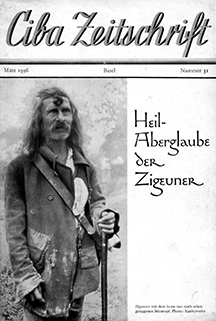
Heil-Aberglaube der Zigeuner
re-digitized issue 31 from March, 1936 of the house journal of pharmaceutical Company CIBA
More...We kindly inform you that, as long as the subject affiliation of our 300.000+ articles is in progress, you might get unsufficient or no results on your third level or second level search. In this case, please broaden your search criteria.

re-digitized issue 31 from March, 1936 of the house journal of pharmaceutical Company CIBA
More...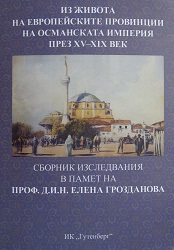
In mankind history all nations had discovered a variety of forms for manifestation of their outlooks and religious beliefs, for the preservation of the created by them culture and maintaining of their cultural memory. Heralds of the cultural and historical memory of every nation and tradition community are the created by them poetic stringed instrument are an important aspect of the religious customs of the Alevi-Bektashi community in Bulgaria, in the regions where it is localized. Apart from being a part of the religious custom, this has been transformed in a form of manifestation of this community and preservation of its identity. Verses with mystical-religious content, called nefesi, divans, ilahi, and performed with an accompaniment of a stringed musical instrument (saz) of their religious and domestic ceremonies, they reflect to the greatest extent the religious doctrine, beliefs, outlook and ethical system of this community; are an important source of the exploration of its history, religious and social tradition, of the specific character of the followed interpretation of the Islam. For ages, these verses have been handed over in a verbal manner and recorded by the adepts of that community. Among the most performed with an accompaniment of saz by the Alevi-Bektashi in the Ludogorie region are the nefesi of the most popularrepresentatives of that tradition - Pir Sultan Abdal, Shah Khatai, Kul Himmet, Kul Himmet Ustazim, Kul Hatmim, Kul Huseyin and etc. Rewritten and read are verses of Yunus Emre as well, his followers, using the same pseudonyms, and etc. Here were born, too, local creators of the mystic-religious verses in the casual style and music to them that Alevi-Bektashi perform, the most ardent of which is Muhyddin Abdal. Among the authors of nefesi, recorded by the Alevi-Bektashi in the Ludogorie region are also Abdal Musa, Kaygusuz, Shemsi Boba and etc. The performance of nefesi and ilahi at the meetings of the Alevi-Bektashi community in the Ludogorie region, for ages has played a social part, too, and it has a uniting function between the members of the jam. The moving and deep suggestions, expressed with these verses, inspire deem emotional awareness on the audience. They appear priceless heralds of the culture of the community. The article discusses some issues, uncovering that aspect of the Alevi-Bektashi culture in the Ludogorie region, for example, the place of the jam in the preservation of the poetic-musical memmory; the authors, whose nefesi were recorded by its adepts; the subjects covered by the nefesi. The connection of that tradition with the music was emphasized as well and it was closely connected with the music tradition of the Turk Central Asia, and on the role of the zakir for the handing over of the tradition to the generations. It was asserted, too, that these verses were a universal system of values, which the Alevi-Bektashi had been following for ages.
More...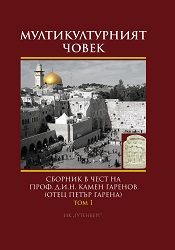
In the past years a lot of lead amulets have been found in Bulgaria and some of them enchantments on them against Nejit, who are believed to be a humanoid spirit in the folklore. The oldest amulet found is dated from 10-11th century. This paper is focused on an amulet that has been found recently near the town of Kyrdjali. The uniqueness of this amulet is that a mix of cyrillic and glagolic letters have been written on it. Two copies of the text exist that were analysed and described once by German and second time by Bulgarian linguists. The interval between the two examinations was 10 years. In this article a comparison between the Bulgarian and the German reconstruction of the text is being made as the two texts are evaluated in the context of the newest information.
More...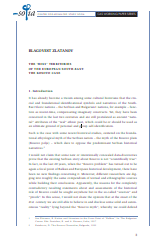
My text is an attempt to characterize artisanship in Romania following a field research conducted in 2005 within five folk fairs set up by the Museum of Peasants and the Village Museum (Bucharest), the Museum of Villages in Banat (Timisoara), the Astra Museum (Sibiu), and the Museum Complex of Suceava and Bucovine (Suceava).
More...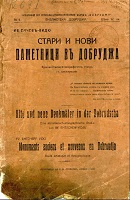
Published as issue Nr. 6 of ИЗДАНИЕ НА НАРОДОСПОМАГАТЕЛНИЯ ФОНДЪ "ДОБРУДЖА" - БИБЛИОТЕКА "ДОБРУДЖА". Original publisher: ПЕЧАТНИЦА НА С.М. СТАЙКОВЪ, Sofia, 1918
More...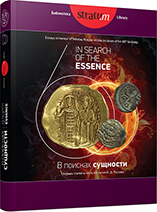
A collection of late medieval and early Renaissance finds stored in the museum of Dulovo; the items were found south-east of Okorsh village, Dulovo municipality, Silistra region. Out there, in the area called „Beiska mahala”, a big Ottoman-time settlement was found, which is possibly the original source of the finds, which include 36 pafta clasps discussed in the article.According to the numismatic information and the dating of the other finds, the settlement can be dated within the 17th and the first half of the 19th century. According to an Ottoman census of 1676, a village called Abdarrahman seems to be listed in Silistra kaza.The pafta clasps from the collection of Dulovo museum can be divided into 5 types, with their own subtypes. The first type includes small round, cup-shaped pafta clasps, without ornament. Most of the clasps have granular trimming on the periphery, always with a small sharp widening. There are no analogues from closed archaeological sites dated within the period from the 10th to the 14th century. Surely, the dated finds from Niculitel and Silistra are dated within the 17th — the 18th centuries. The second type are round, cup-shaped pafta clasps with a stylized rosette in the center. This type has three subtypes. Most of the clasps are with granular trimming on the periphery, with a small sharp widening. Surely, dated finds from necropolis in Romania are from the period of the 17th—18th centuries. The third type are cup-shaped pafta clasps with radial ornament. This type is a stylized variant of the pafta clasps with a rosette in the center. There are no finds dated within the 10th—16th centuries. The finds from the graves around the church in Arnautkoy village (Poroishte, Bulgaria) are dated within the 17th—18th centuries. The fourth type are shield-like paftas, divided in five subtypes. According to the analogies from surely dated archaeological sites — the church in Arnautkoy and Corinth, we can assume that this type is dated within 18th century. Subtype IVa is dated later — by the first half of the 19th century. The fifth type are leaf-shaped pafta clasps. According to their form, we can add to this type two belt applications with a shape of pafta clasps. According to some analogies from Isakcha, we can date them back in 18th—19th century. According to the surely dated finds, we came to the conclusion that until 16th century the pafta clasps are unknown type of jewelry. The first appearance of pafta clasps on the Balkans and in Bulgaria can be dated by the beginning or the mid of the 17th century. One way for their appearance in this area could be transfer of traditions from Asia Minor, due to relocation of hundreds of Alevi (Shiite) villages in 16th—17th centuries in Eastern Bulgaria.
More...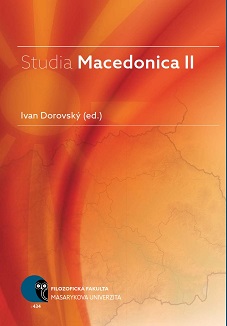
The life and the spirit of every nation is a reflection of the traditional rites and customs practiced by the respective nation, which can be confirmed by the lexical fund as well. The Slavonic nature of the traditional culture is unquestionable, so the comparative analysis confirms numerous terms with identical semantic structure of the rituals related to the life cycle in the Macedonian, Serbian and Bulgarian language. Part of this lexis belongs to certain Macedonian regions and it represents a significant mark of a regional identity, while another part overlaps with the lexis of the Serbian and Bulgarian language, indicating to rites and customs that can be considered as Balkan, South Slavonic or Pan Slavonic features.
More...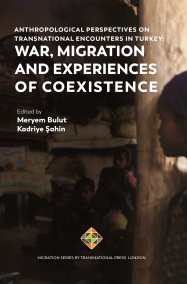
The destructive effects of the Second World War, which resulted in great loss and suffering in the not so distant past, still has an important place in the lives of countless people living in different geographical locations. German families constitute a population whose members witnessed the bitter outcomes of the war in no small measure. War-related memories of families have been handed down from generation to generation up to the present day. Despite many of the generation who actually lived through the war preferring to erase the traces of it from their day to day lives, their children and even their grandchildren have taken on board this memory (Koçyiğit, 2016).
More...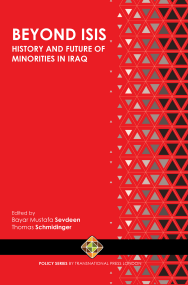
No religious minorities in Iraq was more affected by the violence of the so-called ‘Islamic State’ (ISIS) than the Yazidis (sometimes spelled Yezidis or Êzîdî in Kurmancî) who suffered genocidal attacks by the jihadis in August 2014. However, the jihadist groups in August 2007 and in August 2014 were not the first to attack the Yazidis. For centuries they suffered under resentments and perennial violence by Muslims who accused them of ‘devil worshipping’- a well-cultivated misunderstanding of their ancient religion.
More...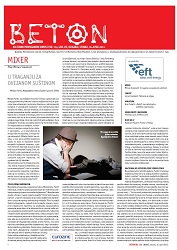
MIXER, Mirnes Sokolović: U traganju za ovejanom suštinom; CEMENT, Goran Cvetković: Plehanov je stigao; ARMATURA, Ivan Čolović: „Delije“ kao neformalna politička organizacija; VREME SMRTI I RAZONODE, Predrag Lucić: Ići Mići Lucići; BLOK BR. V, Radovan Popović: Primer u Potisju
More...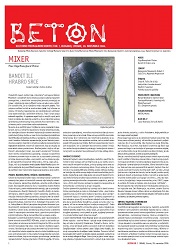
MIXER, Olga Manojlović Pintar: Bandit ili hrabro srce; CEMENT, Aleksandar Novaković: Anđeli 3, Saša Ćirić: Appendix Angelorum; ŠTRAFTA, Srđan V. Tešin: Đe si bijo kad je klalo i bombardovalo?, Vladimir Tupanjac: Politika kulturne politike; VREME SMRTI I RAZONODE, Nenad Veličković: Opinion faker, Tomislav Marković: Farenhajt 451, Miloš Živanović: DJ u Zmajevom gnezdu; BULEVAR ZVEZDA: Redakcija: Kapor Momo; BLOK BR. V., Lazar Bodroža: Zorica i Kemiš.
More...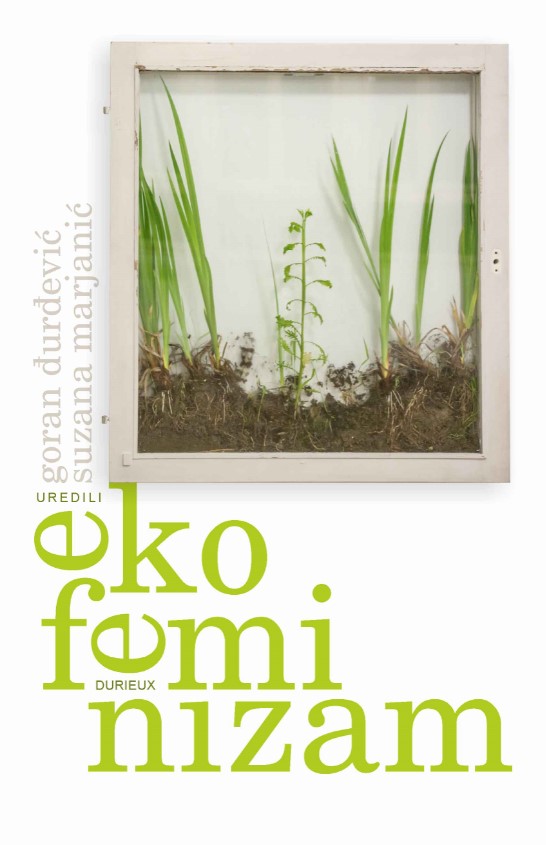
During the 19th century a new idea of a different belief system began to take root. The formation of this system took place with the help of a more serious approach to the treasure of folk traditions, skills, knowledge and practice. However, the system was also modernized by occultism, following contemporary culture and society, and very soon became adaptable to changes in the world. The name for both the system of faith and the members of that system is Wicca and it functions according to the vertical system. The aspiration is to grow upwards, towards the spiritual experience of the divine in and out of oneself. This movement is based on the philosophy of the religions of nature, folklore and mythology, adding the experience of the ancient, the arrangement of the occult, and the need to create a relationship with the modern world. The system is linked to the Code — set out in the Wiccan’s Rede (basic Wiccan ethical rules), and The Thirteen Principles of Wiccan Belief adopted in April 1974. In the Principles, in points 1., 2., and 13., they emphasize intellectual responsibility towards the environment, harmony of life with nature and ecological balance, and that within the Nature we should look for everything that contributes to our health and well–being.
More...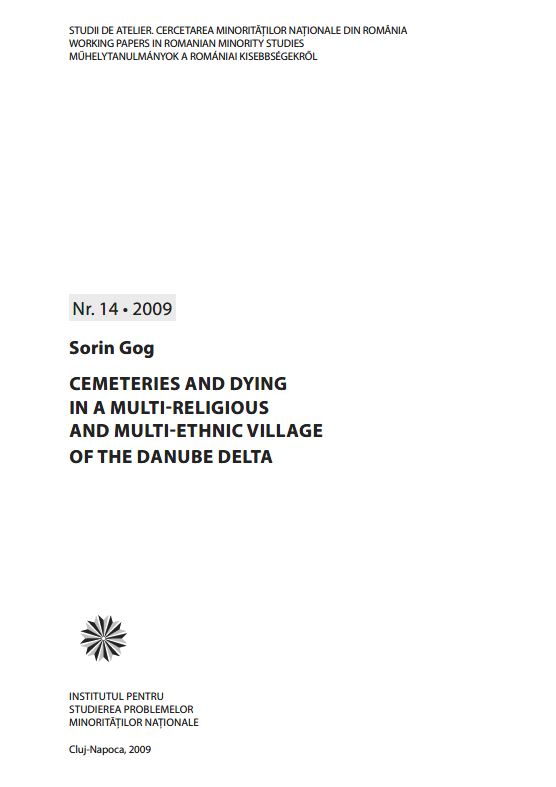
This paper focuses on the way the new post-socialist cosmology is restructuring religion, shaping the religious mentalities of contemporary Romania. I am trying to investigate this by analyzing the ways the different local politics of ethnic and cultural identities remodel the perspectives on after-life and burial practices. My research aims at analyzing the symbolic architecture of the discourse that surrounds and penetrates the dead body. It focuses also on the way the cemetery is transformed into a micro-world that reflects the religious, ethnic and cultural struggles of the new post-socialist world. Along this line of reasoning I chose for research the multi-ethnic and multi-religious village of Sch., situated in the south-eastern part of Romania. Old-Orthodox Lipovenians (divided into two antagonistic religious communities, popovtsi and bezopopovtsi) and their eternal rivals, Orthodox Romanians, have to co-habit the village and share the local resources with the newly emerged community of Lipovenian-Romanian Adventists. What seems even harder to do is to share the after-life and cemetery space, where the borderlines between these four communities become even stronger. The instrumentalization of the symbolic architecture of after-life that penetrates the dead body and the fragmentation of the cemetery space that accompanied this process mirror the important transformations of the Romanian social system and the struggle to enact the different post-socialist politics of ethnic and cultural identities.
More...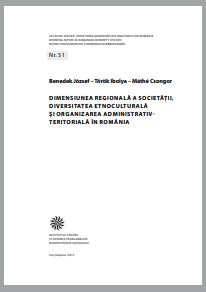
The present study asks in its title, which attempts to outline the current situation of the Hungarian folk dance teaching in Romania and to assess the practice and opportunities created by the natural (or in some places propagated) demand. In fact, it is actually trying to map a "curriculum" that is formally non-existent in the Romanian educational system, which is based on the needs of the invited or self-proclaimed dance instructors and co-leaders, but the study also seeks the basic question of whether it is possible and if so, then what methods to teach segments of traditional folk culture, namely, whether it is possible to instruct the "folk dance" in an artificial environment instinctively?
More...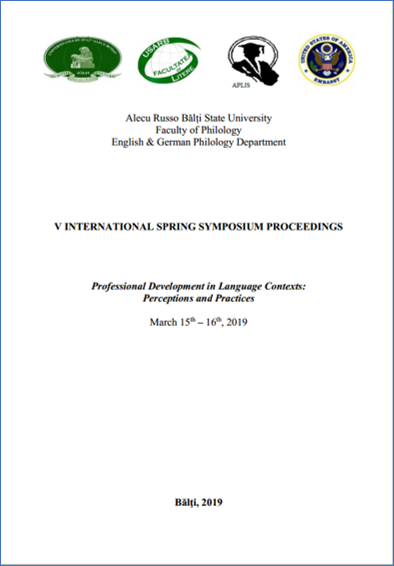
The article is devoted to the problem of intellectual development of children of preschool age in the process of studying folk riddles. The author reveals the concept of "riddle", highlights the principles of the selection of riddles and groups of riddles that are used in pre-school. The work details the methods of work: a) with riddles – descriptions, b) with riddles containing the key distinguishing feature of the object, c) with riddles in which the description of the object is given through negation; it proved that the effectiveness of this technique has a positive effect on children's intellectual development.
More...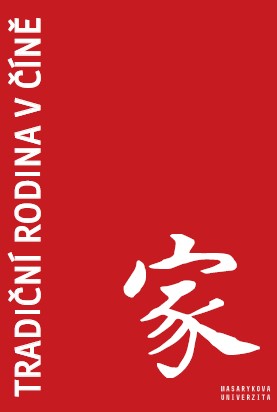
Rodina je základní společenskou jednotkou, která se jako pojem velmi obtížně vymezuje. K zápisu rodokmenů používáme graf (viz ilustrace 1.2), který by měl být alespoň dvougenerační. Muž se zapisuje symbolem trojúhelníku, žena symbolem kruhu. Neurčitý počet dětí, či jenom všeobecný zápis potomků značí symbol čtverce. Jedinec se nazývá ego a jeho generace se nazývá nultá. Graf čtený z hlediska jedince se nazývá egocentrický. Graf čtený z hlediska potomků je grafem prokreační rodiny – jinými slovy se orientuje na budoucnost. Graf z hlediska předků je grafem orientační rodiny čili je orientovaný na minulost.
More...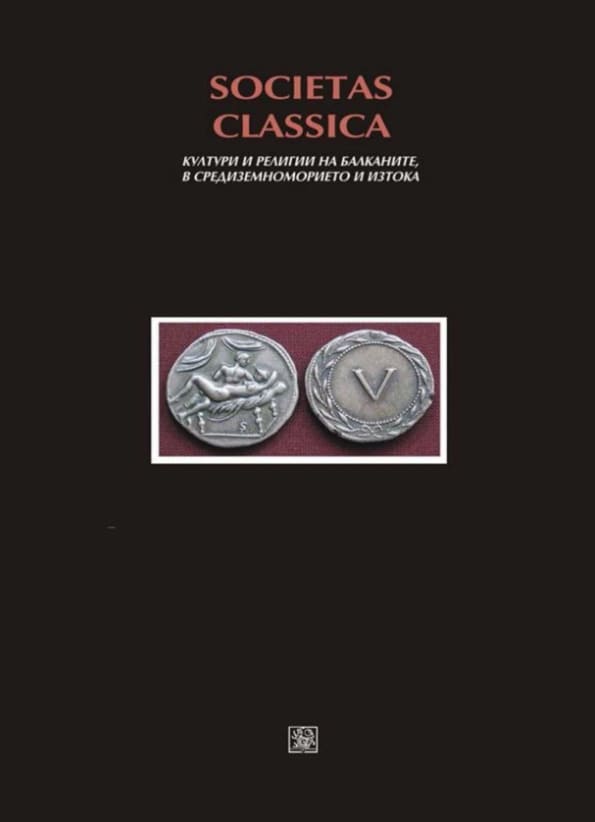
The present work is devoted to Chinese traditional family institution and organization of traditional family relationships in China. The present paper analyzes the noble and rural family in imperial China. The relationships between spouses are described, and the social roles of men, women and children in the family group are clarified. Paper also reveals some interesting cultural practices related to important life events, family cults in China in the past and the institution of concubines.The present work is devoted to Chinese traditional family institution and organization of traditional family relationships in China. The present paper analyzes the noble and rural family in imperial China. The relationships between spouses are described, and the social roles of men, women and children in the family group are clarified. Paper also reveals some interesting cultural practices related to important life events, family cults in China in the past and the institution of concubines.
More...
This work is a part of much broader and extensive research. The data was collected on the field, namely Beijing, by observing and interviewing Bulgarians residing in the city for different period of their lives. The current work briefly points out some cultural differences between China and Bulgaria and the way they affect the celebration of several traditional Bulgarian holidays, e.g. Christmas Eve, Easter etc. The most notable difference can be observed in the ways of preparing certain cuisines, the products (meat, vegetables, white cheese etc.) which the Chinese market offers to the customers as well as their quality or even their lack of. Another factor that influences the ways of celebration is whether the migrants have moved to Beijing alone or with their families or relatives. In the first case a close circle of friends takes on the role of the family. The work concludes with that the Chinese culture rarely influences the celebration of Bulgarian traditional holidays and they are comparatively preserved in the form they exist in back in Bulgaria.This work is a part of much broader and extensive research. The data was collected on the field, namely Beijing, by observing and interviewing Bulgarians residing in the city for different period of their lives. The current work briefly points out some cultural differences between China and Bulgaria and the way they affect the celebration of several traditional Bulgarian holidays, e.g. Christmas Eve, Easter etc. The most notable difference can be observed in the ways of preparing certain cuisines, the products (meat, vegetables, white cheese etc.) which the Chinese market offers to the customers as well as their quality or even their lack of. Another factor that influences the ways of celebration is whether the migrants have moved to Beijing alone or with their families or relatives. In the first case a close circle of friends takes on the role of the family. The work concludes with that the Chinese culture rarely influences the celebration of Bulgarian traditional holidays and they are comparatively preserved in the form they exist in back in Bulgaria.
More...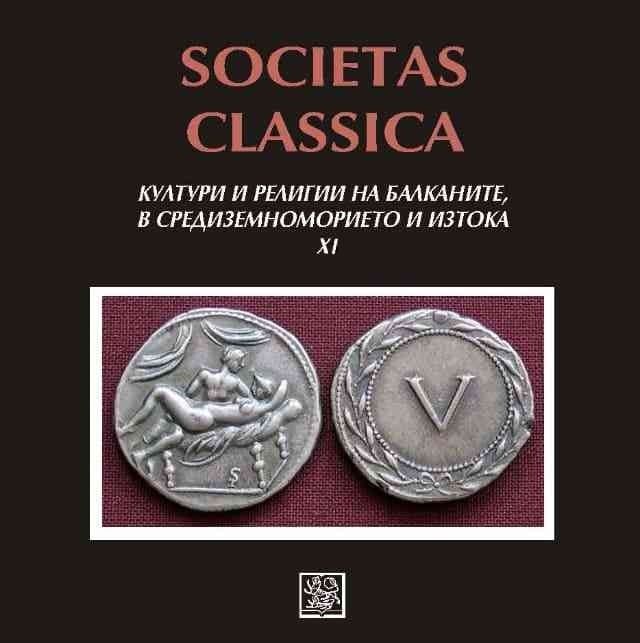
The Great Flood is a legendary story known from many ancient civilizations. The general idea is that the gods or god decide to destroy sinful humanity, but in the end they spare it by leaving a representative to repopulate the earth. Hardly anyone has not heard of the biblical Noah, God’s chosen one who survived the flood, but few know that long before history was recorded in the Bible, there was Ziusudra – the chosen one of the Sumerian gods who decided to destroy humanity as they unleash the waters and flood the earth. This paper presents a historical, geographical and substantive description of the cuneiform tablet revealing the history of the flood. Examples of other Sumerian cultural artifacts related to the myth are presented, as well as analogies with civilizations far and close to the Sumer, which in turn brings information about international relations in antiquity and the significance of a history present in human global civilization over the millennia.
More...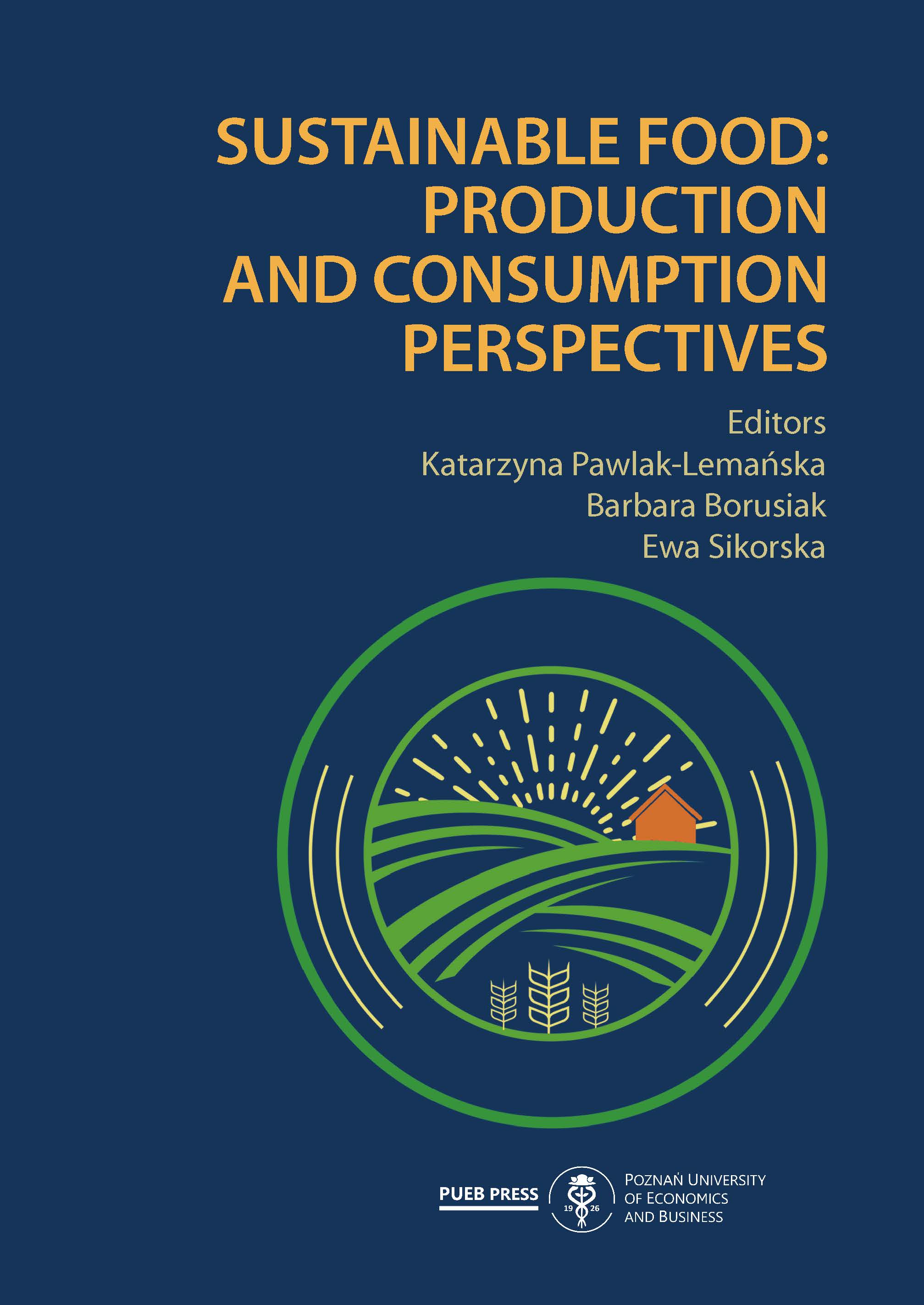
Food waste is one of the major problems that humanity needs to solve. The gargantuan amount of food wasted each year, estimated at around 1 billion tonnes, creates a range of environmental, economic and ethical problems. Unfortunately, food is wasted to the greatest extent by households. To a lesser extent, food is wasted by producers or intermediaries. Therefore, the aim of this article is first and foremost to identify the causes of food waste by households. To do this,a conceptual framework has been adopted. It assumes that household food waste originates in three predictable stages—when shopping, storing and serving. In other words, households waste food because they do not prepare the food they purchase, they do not serve the food they prepare, and they do not consume the food they serve. The considerations in the paper are based on the available literature and secondary data.
More...